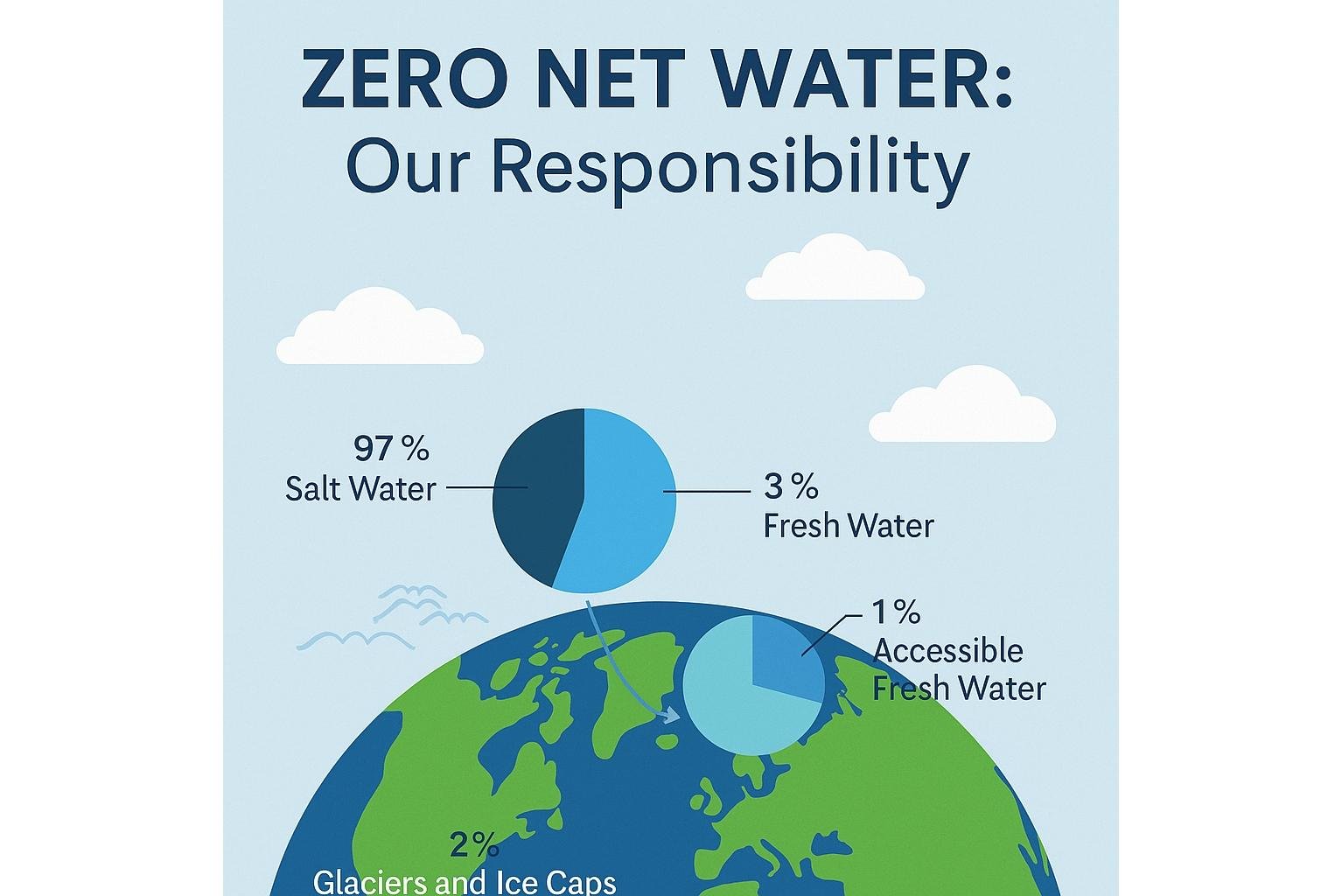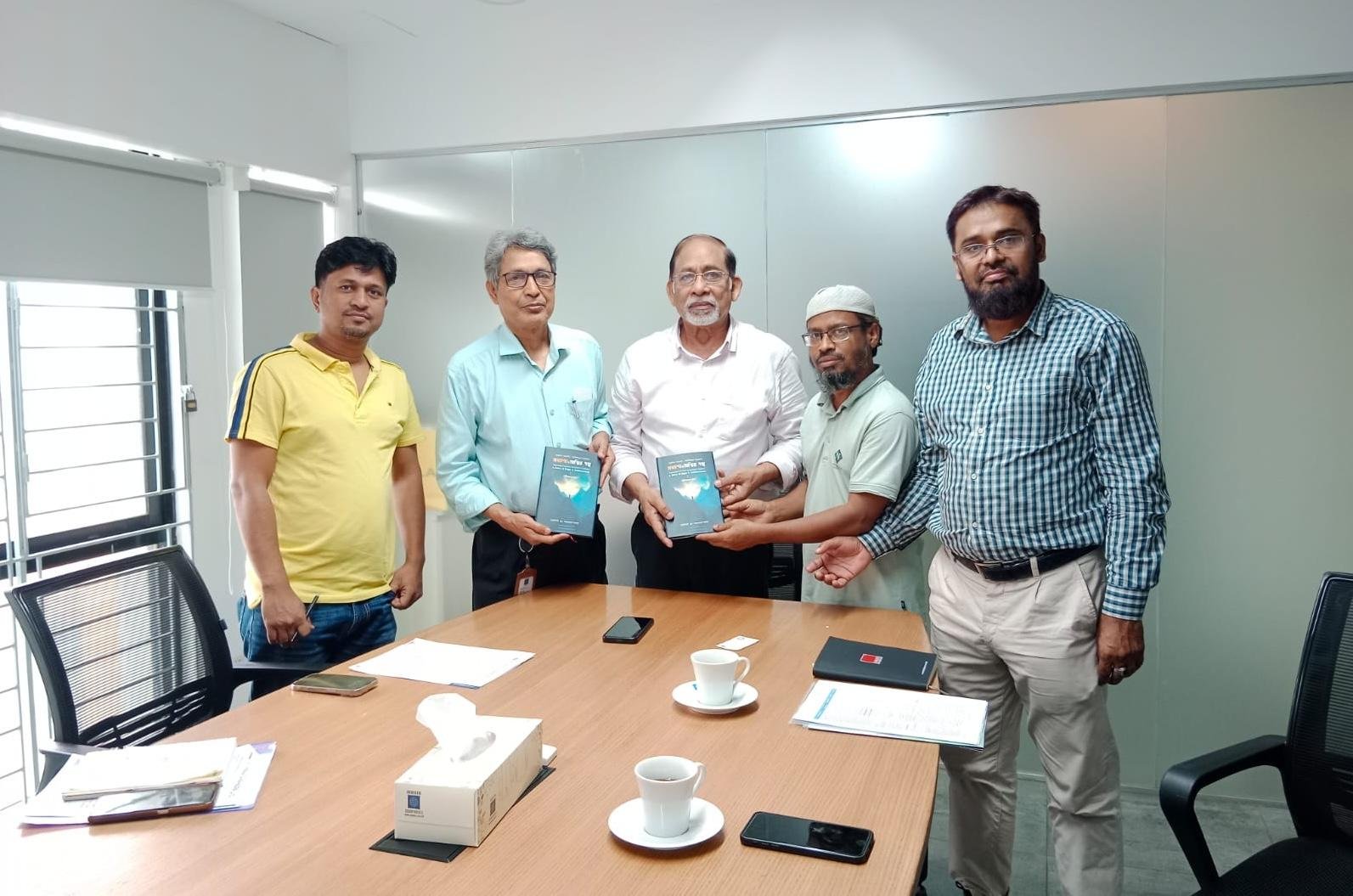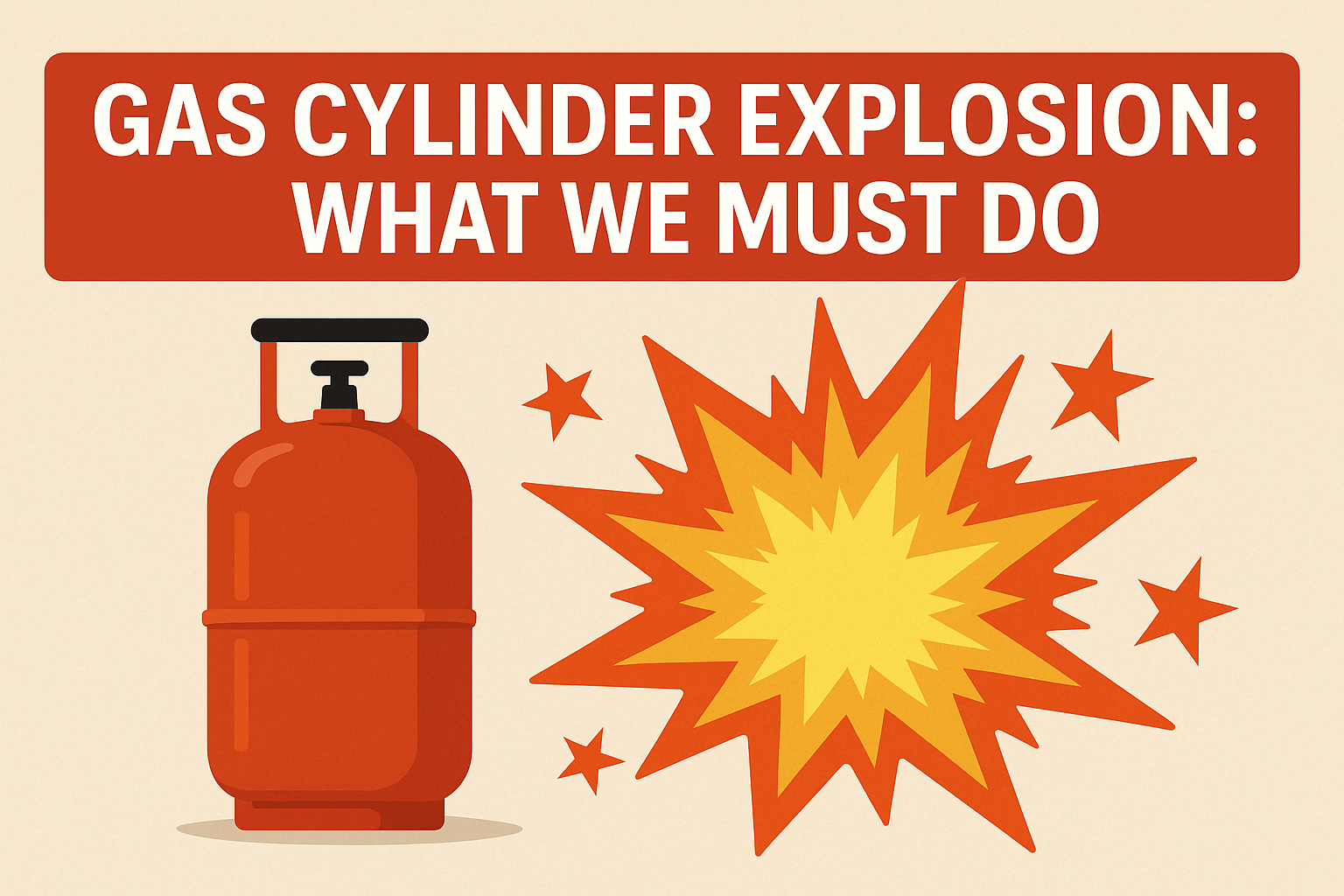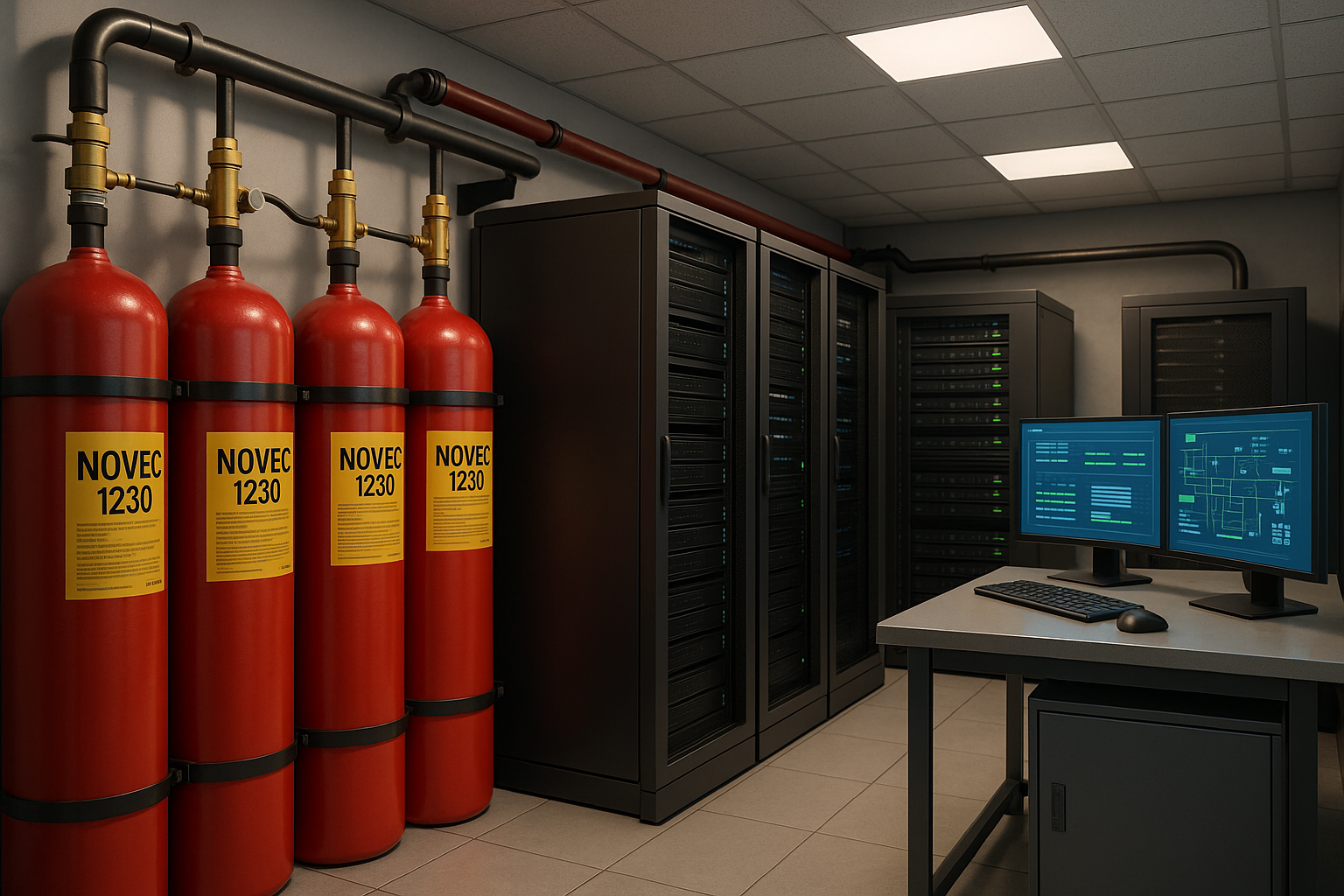24/04/2025
Zero Net Water: What We Must Do

The Water Crisis at Our Doorstep
Despite this divine arrangement, our current way of life and rapid urbanization are disturbing the water cycle:
- Cities like Dhaka’s Uttara are covered in concrete and asphalt, leaving no room for rainwater to seep into the ground.
- Impervious surfaces prevent groundwater recharge.
- Over-extraction of groundwater has become alarmingly unsustainable.
In 1970, groundwater was found at 6 meters in Dhaka. By 2025, it has dropped to 75 meters—and is projected to reach 120 meters by 2050.
Meanwhile, climate change is melting glaciers, raising sea levels, and causing saltwater intrusion in coastal regions—putting the freshwater supply of 40 million Bangladeshis at risk.
What Is Net Zero Water?
Net Zero Water means balancing water consumption with local water availability and returning used water safely back to the environment. To achieve this, we must reduce dependence on groundwater and prioritize surface water and rainwater through smart design, policies, and daily habits.
What We Can Do—A Multi-Level Approach
✅ Government-Level Actions
- Implement and enforce the Net Zero Water concept.
- Protect rivers and water bodies.
- Resolve international river water disputes (especially with India).
- Introduce more water-related content in education.
- Promote water-focused research and development.
✅ Personal-Level Actions
- Avoid water wastage—make it a lifestyle.
- Use modern, water-efficient fixtures, like:
- Sensor-based taps
- Dual-flush toilets
- Smart meters
“Eat and drink, but do not waste.Surely, He does not like the wasteful.” (Qur’an, Surah Al-A’raf 7:31)
✅ Community & Organizational Roles
- Don’t use potable water for all tasks (e.g., car washing, gardening).
- Use rainwater harvesting systems and treat lake water for non-drinking uses.
- Utilize greywater (non-toilet wastewater) for gardening or cleaning.
- Set up centralized car wash stations to reduce waste.
- Develop a city hydrant system using lake water for fire safety.
Uttara Case Study – Rainwater Potential
- Uttara’s population: 250,000
- Water need: 180 liters/person/day = 45 million liters/day
- Rainwater potential:
- Uttara’s area: 2,500 acres
- Avg. rainfall: 85mm/hour
- Rainwater catchment: 8 million m³/hour
Just one hour of rainfall can supply enough water for 15 days!
This opens the door for a local blue economy, with potential for clean water entrepreneurship and sustainable community practices.
Conclusion
Water is life—and our actions today will determine our tomorrow. Let us join hands in embracing the Zero Net Water movement, conserve our resources, and protect future generations.
Md. Shahjahan Alam
BSc in Mechanical Engineering (BUET)
MSc in Environmental Science, MBA
Fellow – IEB, LEED Green Associate
Chairman – Axis Triangle Group, Uttara, Dhaka, Bangladesh
Powered by engineers
News & Blog:




18/05/2025